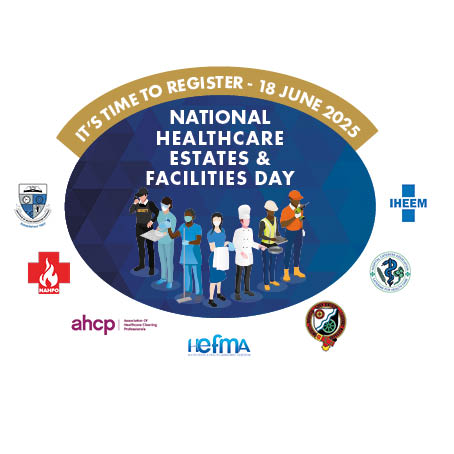The NHS is being held back from most effectively spending the investment it has been given to repair its estates, purchase vital equipment and build new facilities due to bureaucratic hurdles that are slow, unclear and duplicative.
That is the key message of a new report from the NHS Confederation, which sets out how the capital regime can be improved to boost productivity and deliver on the government’s missions for health and economic growth.
Local NHS leaders have told the NHS Confederation that the capital approvals processes from local Trusts and Integrated Care Boards (ICB), up through NHS England, the Department of Health and Social Care and the Treasury, is too slow as there are too many duplicative stages, creating delay and adding cost.
The report recommends reducing the number of approval stages projects have to go through – currently at least 19 – as well as giving local health systems greater autonomy over their spending.
For example, NHS England and the government both have to approve any investments over £50 million, but the NHS Confederation believes this should be increased to £100 million, allowing projects such as new hospitals, new scanners and artificial intelligence to progress more quickly.
The report, ‘Capital efficiency – how to reform healthcare capital spending’, also recommends that ICBs should be allowed to raise additional investment away from government allocations including via private means, which is not allowed at present.
Lord Darzi’s report last year highlighted that the NHS has been starved of capital funding for more than a decade, leading to a £37 billion shortfall.
While the £3.1 billion additional capital investment announced in the 2024 Budget is a much welcome addition, this is still at least £3.3 billion short of the £6.4 billion a year of additional capital investment that the NHS Confederation estimates is needed to help boost NHS productivity growth to 2% per year.
This has been exacerbated by successive governments raiding capital budgets to prop up day-to-day revenue spending.
This new report builds on a previous briefing outlining the different ways the government could raise further capital funding, including through private sector partnerships.
NHS Confederation Chief Executive Matthew Taylor says: “Across the NHS, staff are having no choice but to treat patients in crumbling buildings and with out-of-date equipment. This is neither safe nor good for productivity. As Lord Darzi highlighted, the NHS has been starved for capital for more than a decade, so it is vital that it is able to maximise the return on every penny it has.
“But what money there is, is too often held back by red tape – creating delay and cost, undermining taxpayers’ value for money. The verdict from NHS leaders is clear: the NHS capital regime is broken.”
Sixteen recommendations
The new report sets out 16 recommendations across five areas including streamlining approvals and devolving decision-making, delivering longer funding and planning cycles, and enabling health systems to raise private investment.
It comes after the government set out a new timetable for the New Hospital Programme, with many projects being delayed beyond 2030, as well as at a time when the government is considering funding for public services over the next three years through its Comprehensive Spending Review, which is expected in the spring.
Matthew Taylor adds: “Cutting the bureaucratic burden on NHS organisations getting approval to begin new projects is essential to avoid costly delays. Part of this is simplifying the process, but it also requires more autonomy to let local leaders get on and make the decisions that are best for their populations.”










